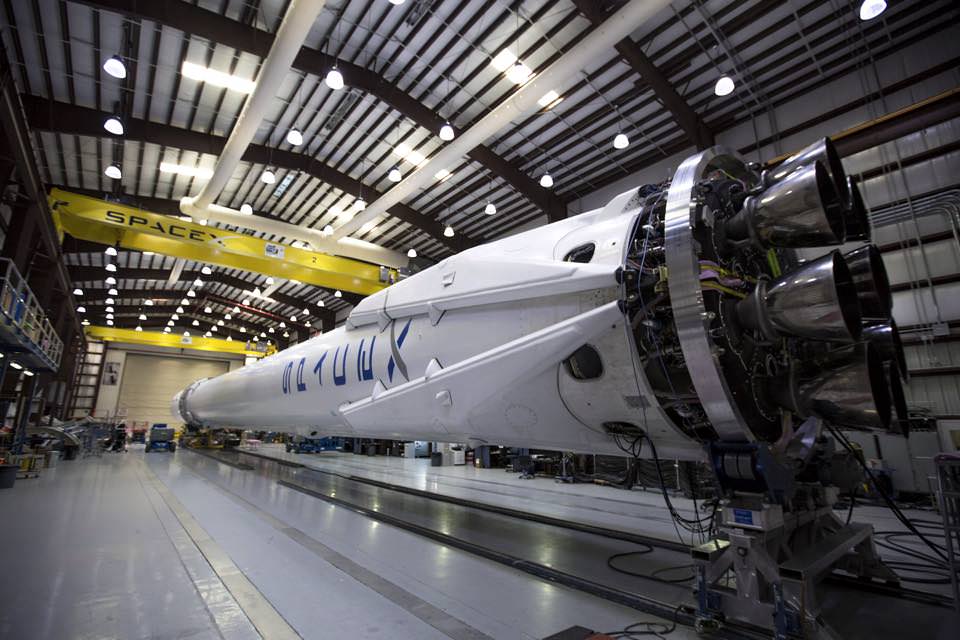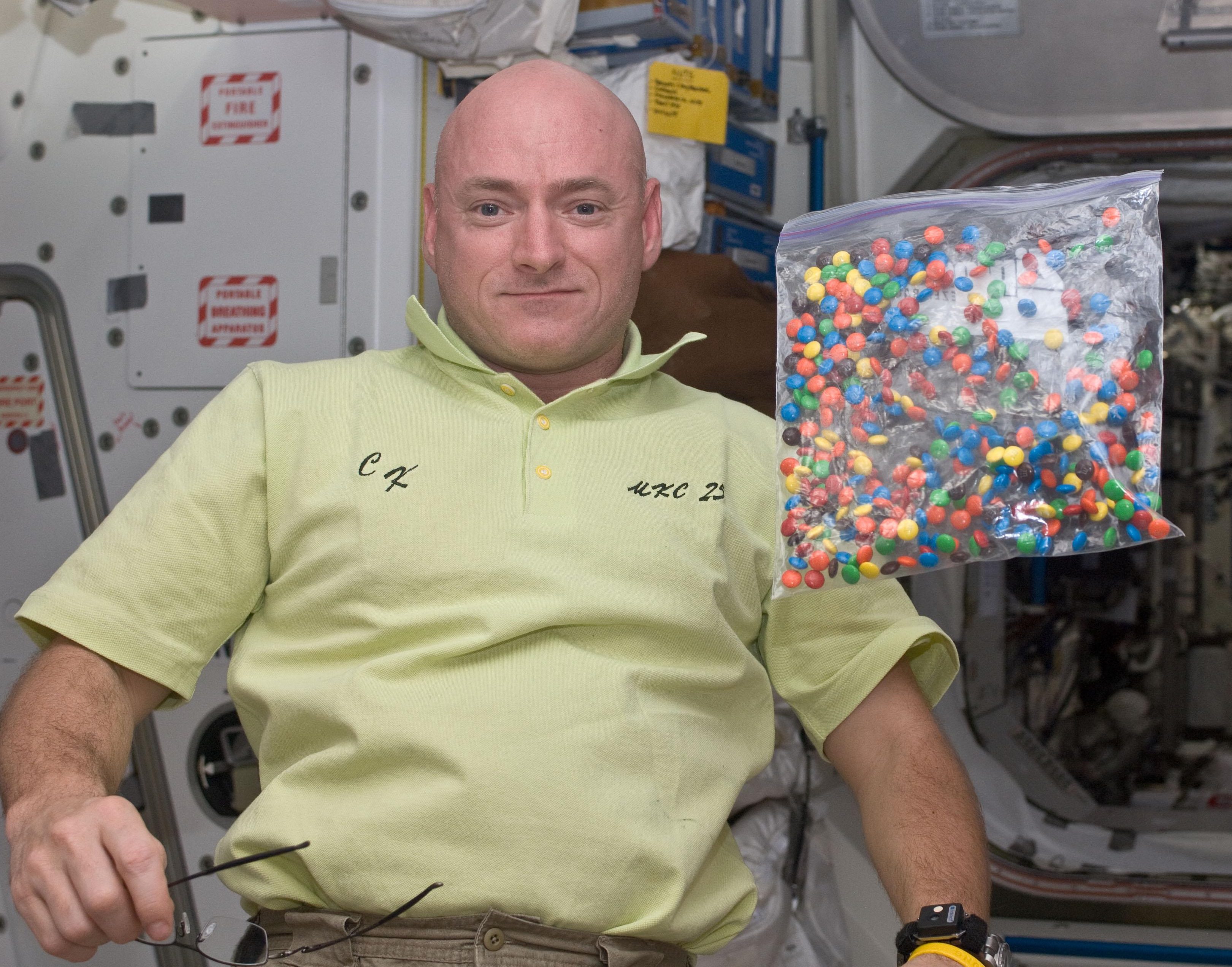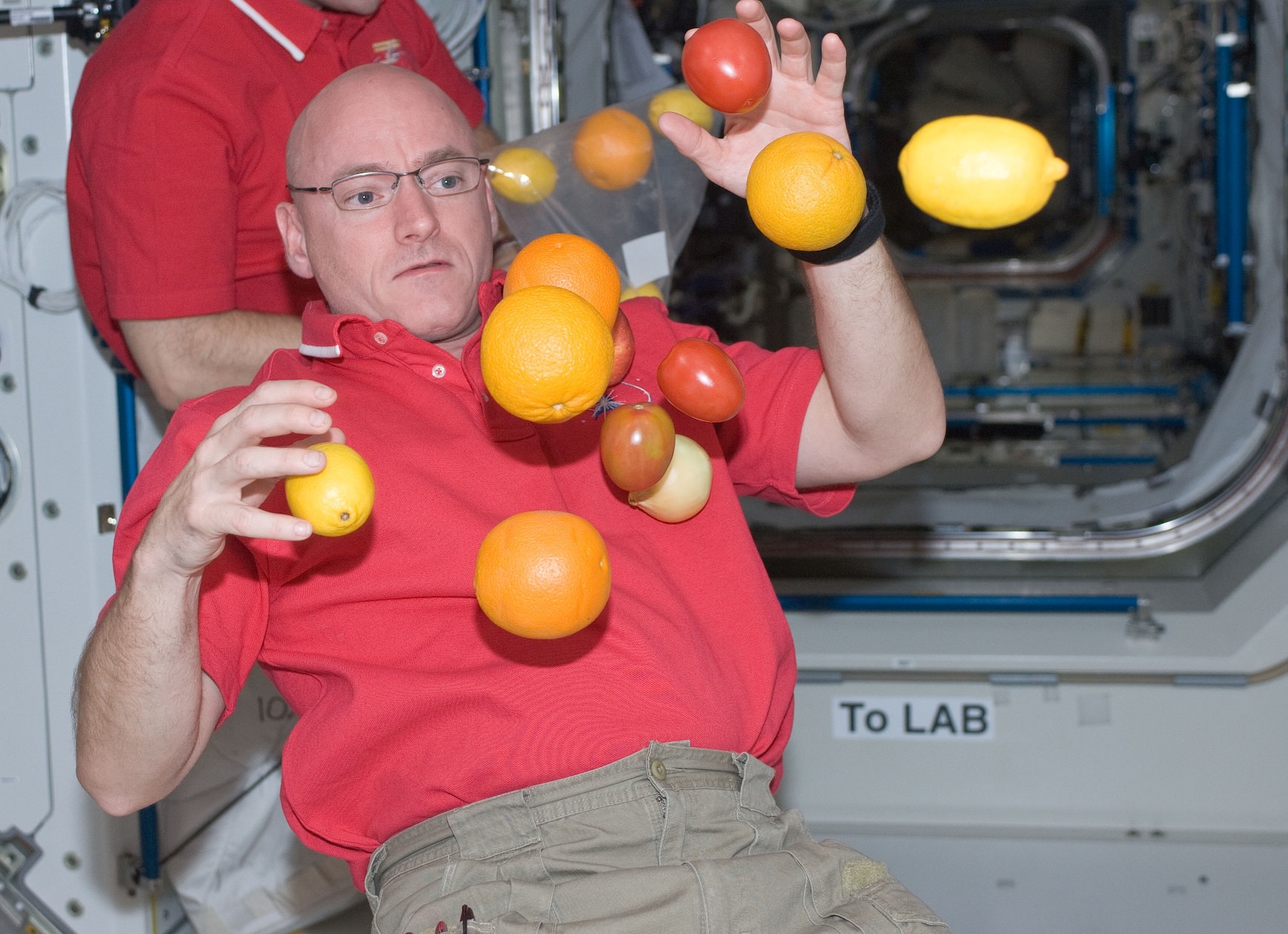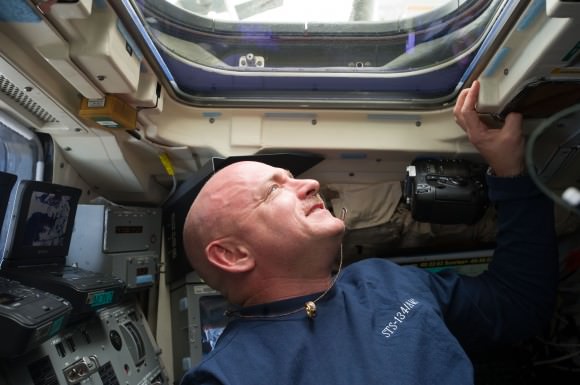The clock is ticking towards the next launch of a SpaceX cargo vessel to the International Space Station (ISS) hauling critical supplies to the six astronauts and cosmonauts serving aboard, that now includes the first ever ‘One-Year Mission’ station crew comprising NASA’s Scott Kelly and Russia’s Mikhail Kornienko.
The mission, dubbed SpaceX CRS-6 (Commercial Resupply Services-6) will also feature the next daring attempt by SpaceX to recover the Falcon 9 booster rocket through a precision guided soft landing onto an ocean-going barge.
SpaceX and NASA are now targeting blastoff of the Falcon 9 rocket and Dragon spacecraft for Monday, April 13, just over a week from now, at approximately 4:33 p.m. EDT from Space Launch Complex 40 at Cape Canaveral Air Force Station in Florida.
NASA Television plans live launch coverage starting at 3:30 p.m.
The launch window is instantaneous, meaning that the rocket must liftoff at the precisely appointed time. Any delays due to weather or technical factors will force a scrub.
The backup launch day in case of a 24 hour scrub is Tuesday, April 14, at approximately 4:10 p.m.
Falcon 9 launches have been delayed due to issues with the rockets helium pressurization bottles that required investigation.
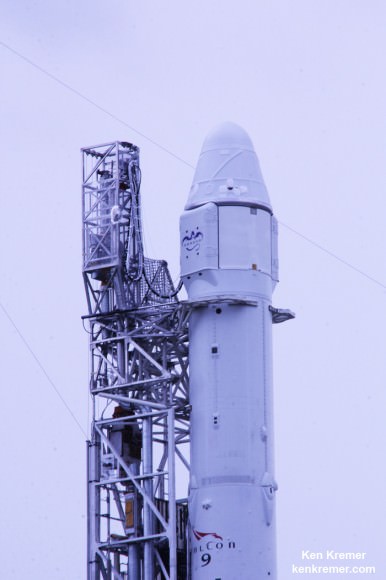
The Falcon 9 first stage is outfitted with four landing legs and grid fins to enable the landing attempt, which is a secondary objective of SpaceX. Cargo delivery to the station is the overriding primary objective and the entire reason for the mission.
An on time launch on April 13 will result in the Dragon spacecraft rendezvousing with the Earth orbiting outpost Wednesday, April 15 after a two day orbital chase.
After SpaceX engineers on the ground maneuver the Dragon close enough to the station, European Space Agency (ESA) astronaut Samantha Cristoforetti will use the station’s 57.7-foot-long (17-meter-long) robotic arm to reach out and capture Dragon at approximately 7:14 a.m. EDT on April 15.
Cristoforetti will be assisted by fellow Expedition 43 crew member and NASA astronaut Terry Virts, as they work inside the stations seven windowed domed cupola to berth Dragon at the Earth-facing port of the Harmony module.
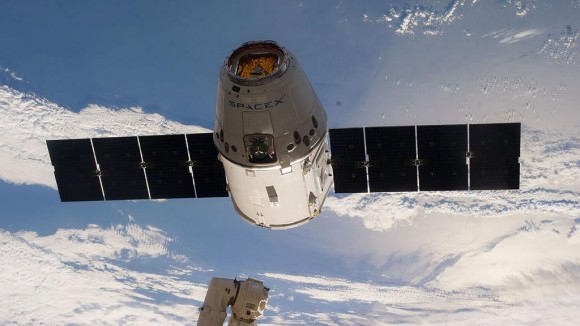
Overall CRS-6 is the sixth SpaceX commercial resupply services mission and the seventh trip by a Dragon spacecraft to the station since 2012.
CRS-6 marks the company’s sixth operational resupply mission to the ISS under a $1.6 Billion contract with NASA to deliver 20,000 kg (44,000 pounds) of cargo to the station during a dozen Dragon cargo spacecraft flights through 2016 under NASA’s original Commercial Resupply Services (CRS) contract.
Dragon is packed with more than 4,300 pounds (1915 kilograms) of scientific experiments, technology demonstrations, crew supplies, spare parts, food, water, clothing and assorted research gear for the six person Expedition 43 and 44 crews serving aboard the ISS.
The ship will remain berthed at the ISS for about five weeks.
The ISS cannot function without regular deliveries of fresh cargo by station partners from Earth.
The prior resupply mission, CRS-5, concluded in February with a successful Pacific Ocean splashdown and capsule recovery.
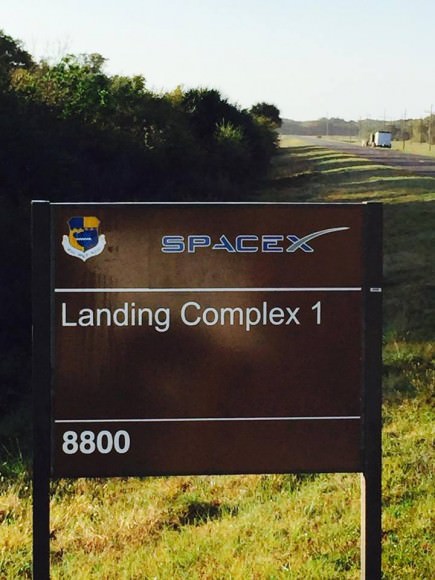
The CRS-5 mission also featured SpaceX’s history making attempt at recovering the Falcon 9 first stage as a first of its kind experiment to accomplish a pinpoint soft landing of a rocket onto a tiny platform in the middle of a vast ocean using a rocket assisted descent.
As I wrote earlier at Universe Today, despite making a ‘hard landing’ on the vessel dubbed the ‘autonomous spaceport drone ship,’ the 14 story tall Falcon 9 first stage did make it to the drone ship, positioned some 200 miles offshore of the Florida-Carolina coast, northeast of the launch site in the Atlantic Ocean. The rocket broke into pieces upon hitting the barge.
Listen to my live radio interview with BBC 5LIVE conducted in January 2015, discussing SpaceX’s first attempt to land and return their Falcon-9 booster.
Watch for Ken’s onsite coverage of the CRS-6 launch from the Kennedy Space Center and Cape Canaveral Air Force Station.
Stay tuned here for Ken’s continuing Earth and planetary science and human spaceflight news.

